Properties of clay, types of clay and how to use them for healing
Clay has been one of the first remedies in history, rarely used today but within everyone's reach. It is easily obtained, it is available all year round, it is useful for making pottery and it has surprising properties.
Like many animals, humans may have used clay since the dawn of mankind. In nature it is not uncommon to see wild animals wallowing in the dirt or mud to strengthen the skin and clean it of eczema, calluses or parasites.
Now, clay is not soil, but a part of it devoid of sand and organic elements and finely micronized so that it has great plasticity. It can be defined as particles less than two microns in diameter composed essentially of calcium, magnesium and aluminum silicates. Even so, the composition of the clays, respecting these major components, varies greatly depending on the land where they have been collected and hence they can even be found in different colors.
What qualities does clay have?
Clays are characterized by having a laminar structure with a high specific surface area and an electrical charge. Both qualities give them all a great capacity to absorb water and to fix and exchange ions, among other properties. In addition, due to their specific composition, some clays can be attributed some other property, especially when consumed internally.
The properties common to all clays, due to their physical characteristics, are:
Related article
13 habits to prevent gas and bloating
What types of clay exist?
Related article
7 benefits of white clay that you did not know
External cures with clay
The external clay cure is the most common and well-known, and can be carried out in many ways. What follows is just a selection of the most important ones.

1. Heat poultice
Clay poultices are prepared by kneading the clay with very hot water until it has a pliable consistency and does not stain excessively. Then the clay mass is spread on a canvas, for example cotton, and a layer approximately 1 to 2 centimeters thick is deposited (the thicker, the greater the heat retention capacity). A plastic cover is applied on the outermost layer that will prevent heat from dissipating and staining the outer clothing.
This poultice is applied to the chosen area or joint, preferably when going to bed, and is left to act for between 40 and 90 minutes, in any case until the heat dissipates. Applications can be made up to two or three times a week.
They are especially recommended in painful rheumatic processes of the joints, although they are also very useful in other painful processes, such as menstruation, and in generic purification therapies of the abdomen.
2. Masks and brushing
When the clay is diluted with water to a thick chocolate consistency, or less, it can be brushed onto the skin and its regenerating, detoxifying and cleansing effect can be enjoyed.
These types of applications, however, do not retain heat because little clay and a lot of water are used. These clay preparations for application on the skin can be prepared with herbal teas instead of water, such as chamomile, orange blossom water, cucumber juice... You can even add some oil such as rosehip or carrot, which will help improve skin sensitivity.
In any case, remember that after an application of this type on the skin it is convenient to remove all the excess clay, for example with plenty of fresh water, and then apply a moisturizing product. In any case, do not wait for the clay to dry completely before removing it.
Clay brush strokes can be left on the skin for a variable amount of time. In general, a first short application of about ten minutes is recommended, which serves as a test to assess how the skin responds.
When clay is applied to the face, special care must be taken since it can dry out excessively. This type of application is usually recommended to be carried out at most once or twice a week.
Related article
Natural masks to take care of your skin in winter
3. Clay water baths
For the most sensitive skin, a clay water bath may be useful. About 100 grams of clay is required in a bathtub filled with hot water. Previously, let them rest separately for about fifteen minutes in a saucepan or a basin submerged in very hot water; in this way the clay will be better diluted when it is poured into the bathtub.
The clay water bath can be kept for 45 minutes. It is especially indicated in processes of moist dermatitis of the skin, in which the application of thicker clay could have an irritating effect.
Can the clay be ingested?
The clay water for an internal cure is prepared by letting a dessert teaspoon full of clay (occasionally two) rest in mineral water and leaving it to act overnight, to be taken in the morning. At the beginning of the cure, it is more food, and ensuring that the subsequent breakfast is very low in fat. It is recommended to get used to it little by little, avoiding ingesting the clay dregs at the beginning of the cure.
The internal cure is generally proposed for a period not exceeding 20 days (better two weeks) and can be repeated several times every three or six months.
Clay has very few contraindications, and the most important is that it does not feel good to the stomach, which with these doses and periods is rather rare, but observing these precautions allows you to benefit from clay without taking risks:
Related article
How to prepare the body to do a detox cure
The healing power of peloids
A peloid (pellos in Greek means "mud") is a mixture of organic (humus) and non-organic (mineral) matter that can be used for therapeutic purposes. Clay is a peloid, although not all peloids are clays; many do not even contain clay.
The most interesting from a medicinal point of view are the muds extracted from lake beds, lagoons or even the sea. Others, on the other hand, are made by fermenting plant material with sludge or sludge (often with grass or hay resting in pools with the sludge for months), or they are marketed in paraffin-containing containers, which give them greater plasticity.
These peloids, however, are not common at home since they are more difficult to find and apply, and are often used in spas.


















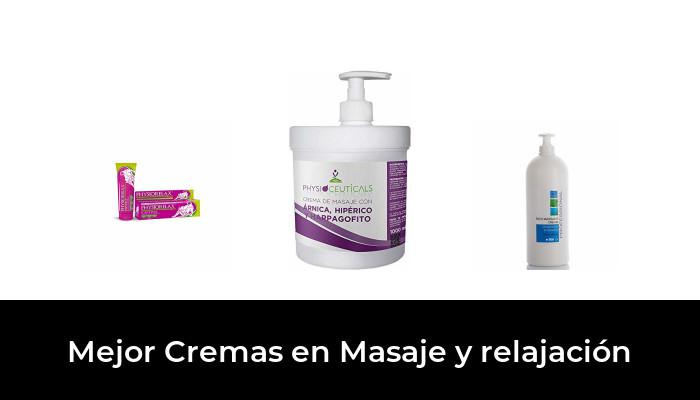
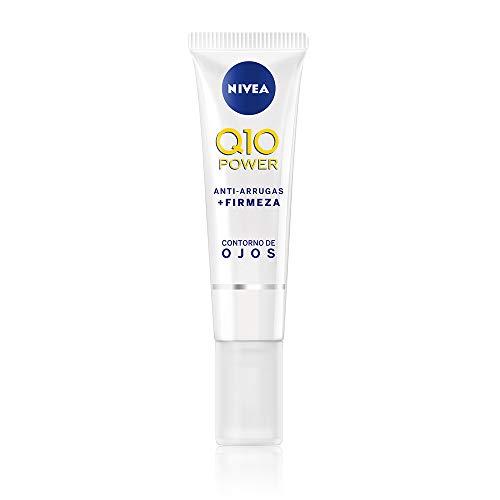
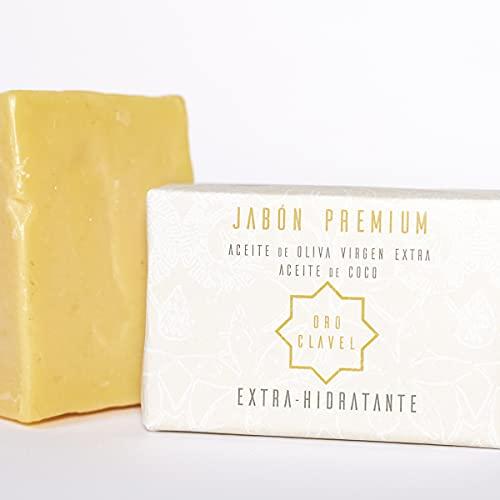
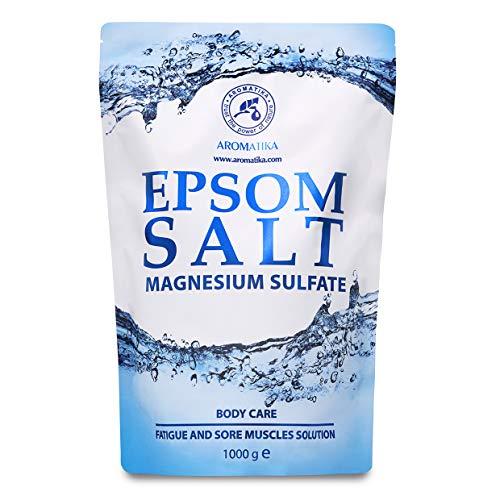




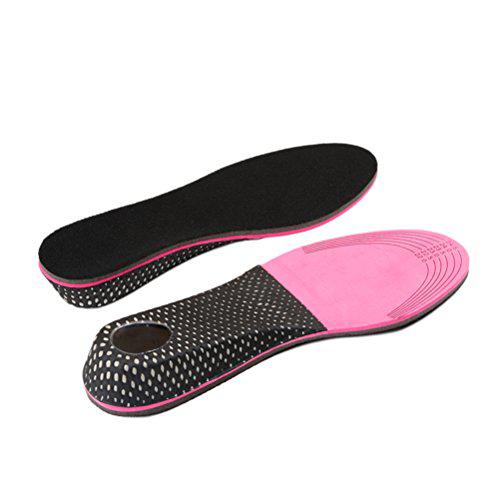


49 Best Creams in Massage and relaxation in 2021: according to the experts
25/02/2022You can get any random Massage & Relaxation Creams, but if you are looking for expert advice to make the best choice for your needs, then you have come to the right place. No matter...